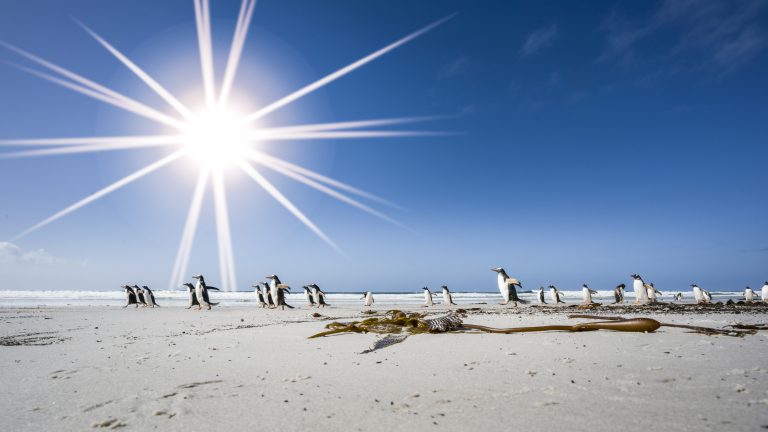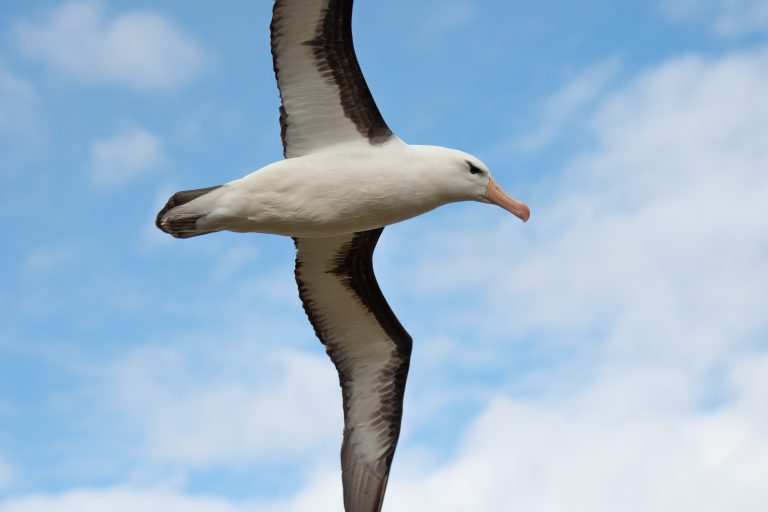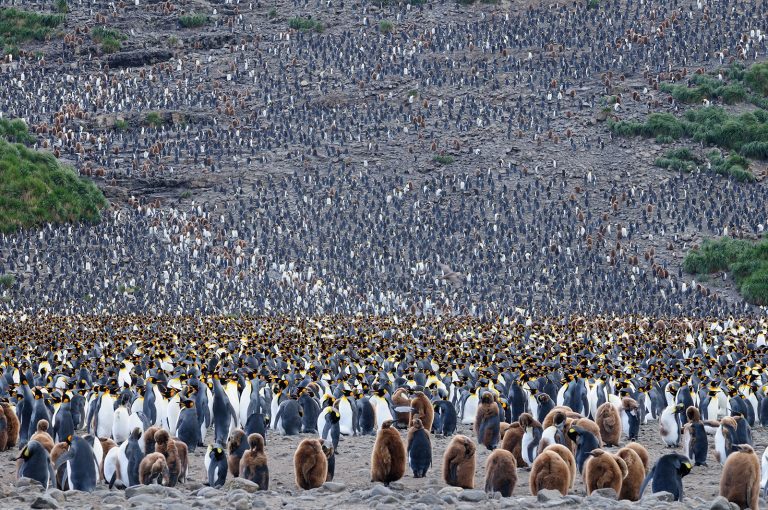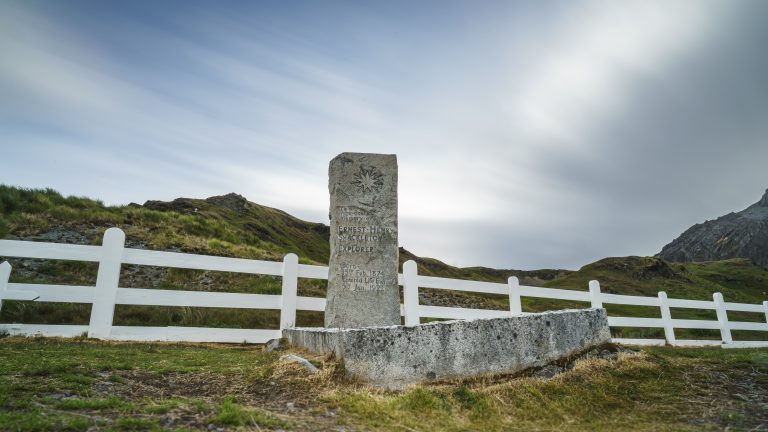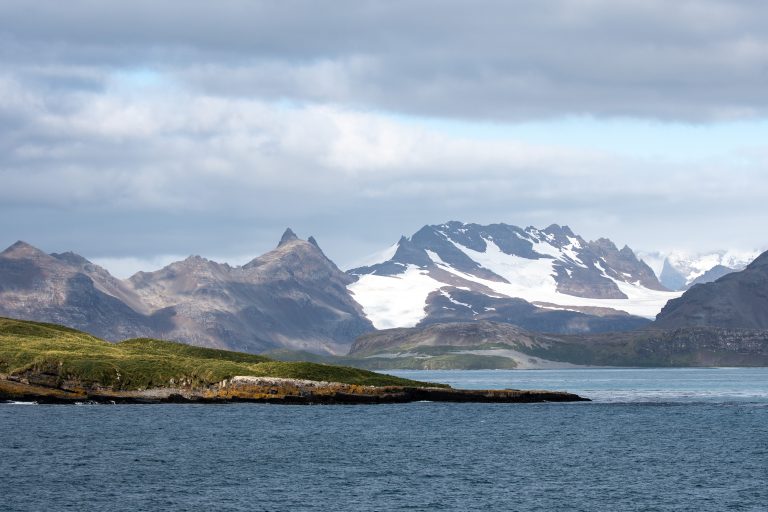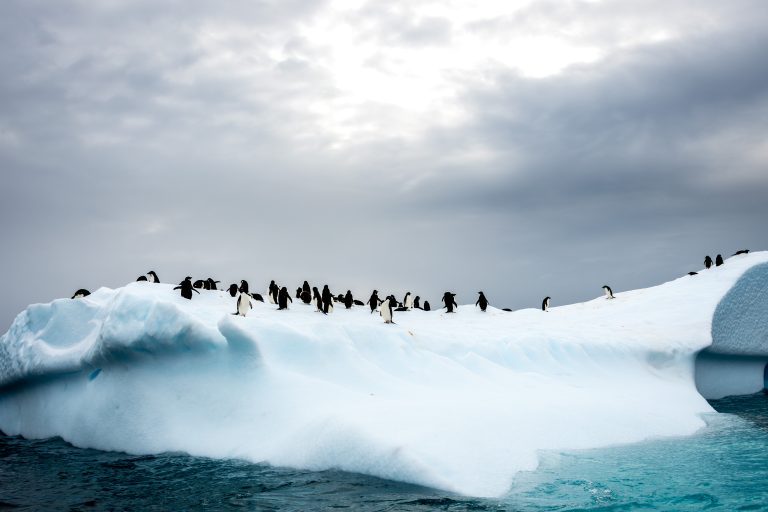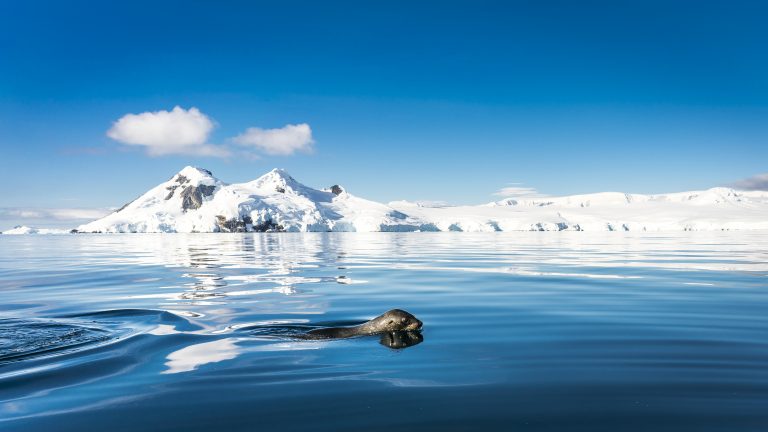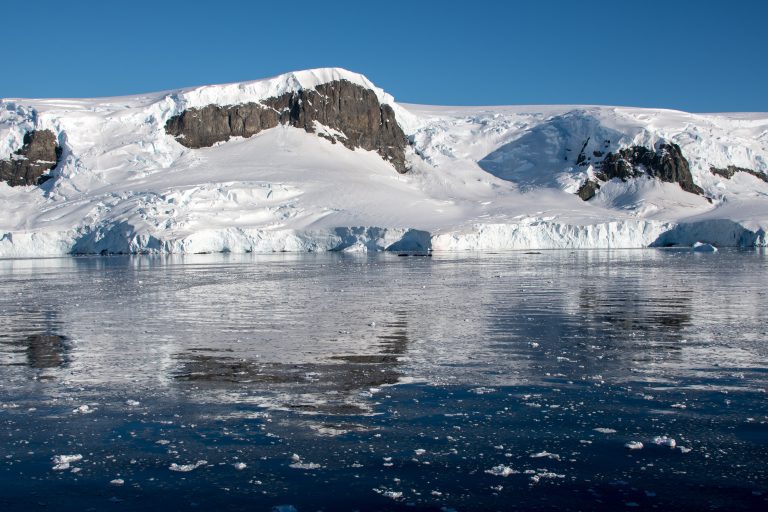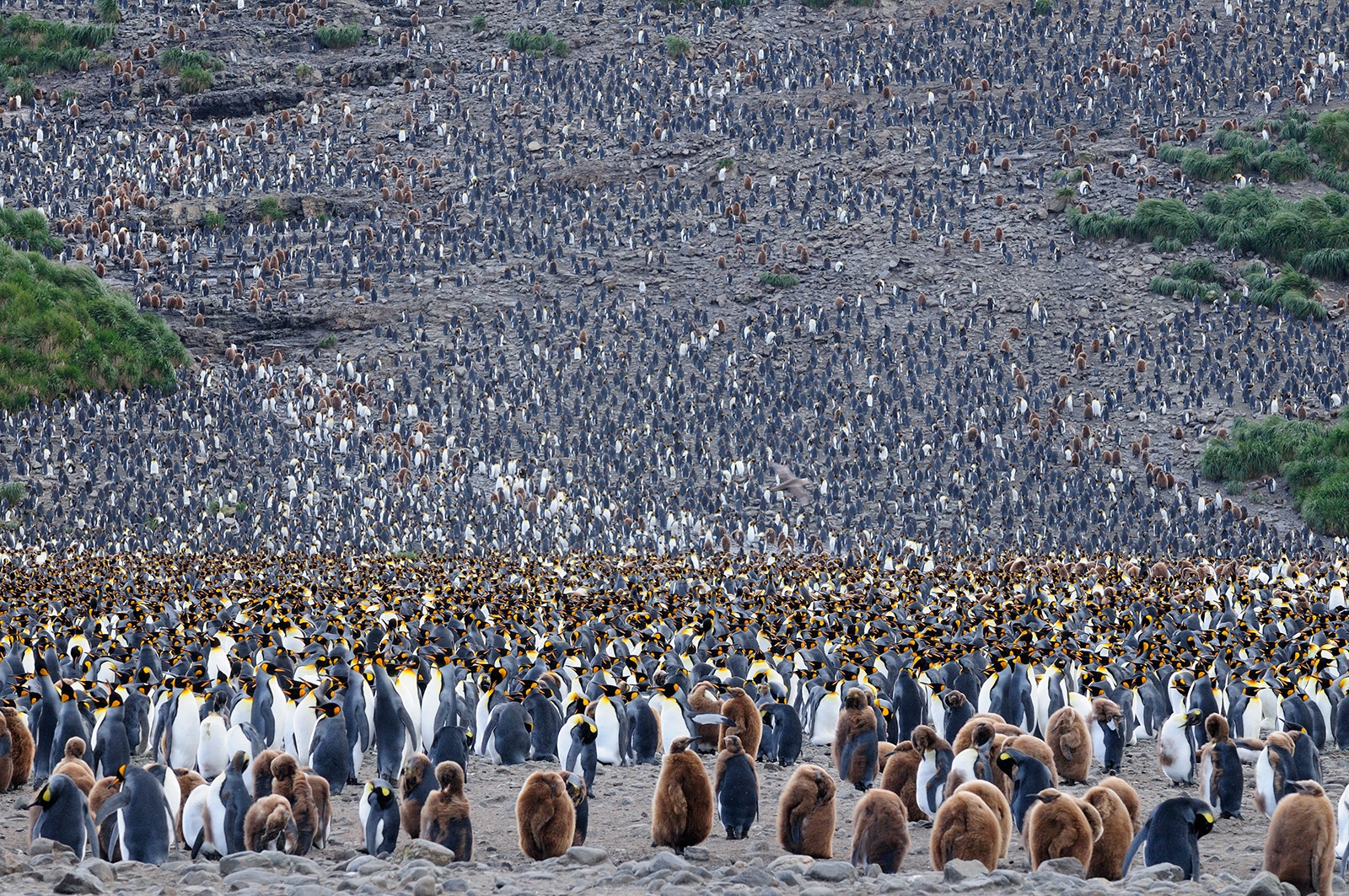
Falkland Islands - South Georgia - Antarctica - 20 Days
Aboard Plancius – 108 passengers
This Falkland Islands, South Georgia, and Antarctic Peninsula cruise is an animal-lover’s dream come true. The expedition explores one of the last untamed areas on Earth – a land of ruggedly beautiful landscapes and amazingly varied wildlife.
Tour Dates
-
Nov 27 - Dec 16, 2025 (20 days)
Itinerary
Day 1: Embarkation from Ushuaia, Argentina
Your voyage begins where the world drops off. Ushuaia, Argentina, reputed to be the southernmost city on the planet, is located on the far southern tip of South America. Starting in the afternoon, you embark from this small resort town on Tierra del Fuego, nicknamed “The End of the World,” and sail the mountain-fringed Beagle Channel for the remainder of the evening.
Day 2: At Sea
Several species of albatross follow the vessel into the westerlies, along with storm petrels, shearwaters, and diving petrels.
Day 3: Falklands
The Falkland Islands offer an abundance of wildlife that is easily approachable, though caution is always advised. These islands are largely unknown gems, the site of a 1982 war between the UK and Argentina. Not only do various species of bird live here, but chances are great you’ll see both Peale’s dolphins and Commerson’s dolphins in the surrounding waters.
During this segment of the voyage, you may visit the following sites:
Carcass Island – Despite its name, this island is pleasantly rodent-free and hence bounteous with birdlife and many endemic species. Anything from breeding Magellanic penguins and gentoos to numerous waders and passerine birds (including Cobb’s wrens and tussock-birds) live here.
Saunders Island – On Saunders Island you can see the black-browed albatross and its sometimes-clumsy landings, along with breeding imperial shags and rockhopper penguins. King penguins, Magellanic penguins, and gentoos are also found here.
Day 4: Stanley, Falklands
The capital of the Falklands and center of its culture, Stanley is a great place to enjoy some Victorian-era charm: colorful houses, well-tended gardens, and English-style pubs abound here. You can also see several century-old clipper ships nearby, silent witnesses to the hardships of 19th century sailors. The local museum is also worth a visit and offers free admission, covering the early days of settlement up to the Falklands War. Approximately 2,500 people currently live in Stanley.
Day 5: South Falklands
The seldom-visited southern islands are a rare treat, and we’ll aim to give you a thorough tour of their rugged beauty. This area is a haven for wildlife of many types, especially birdlife. George Island and Barren Island in particular support more than 40 bird species, along with roughly 650 pairs of southern giant petrels. You also have a good chance of spotting elephant seals and southern sea lion colonies.
Day 6 – 7: At Sea
En route to South Georgia, you now cross the Antarctic Convergence. The temperature cools considerably within the space of a few hours, and nutritious water rises to the surface of the sea due to colliding water columns. This phenomenon attracts a multitude of seabirds near the ship, including several species of albatross, shearwaters, petrels, prions, and skuas.
Day 8 – 11: South Georgia
Today you arrive at the first South Georgia activity site. Please keep in mind that weather conditions in this area can be challenging, largely dictating the program. Over the next several days, you have a chance to visit the following sites:
Fortuna Bay – A beautiful outwash plain from Fortuna Glacier is home to a large number of king penguins and seals. Here you may also have the chance to follow the final leg of Shackleton’s route to the abandoned whaling village of Stromness. This path cuts across the mountain pass beyond Shackleton’s Waterfall, and as the terrain is partly swampy, be prepared to cross a few small streams.
Salisbury Plain, St. Andrews Bay, Gold Harbour– These sites not only house the three largest king penguin colonies in South Georgia, they’re also three of the world’s largest breeding beaches for Antarctic fur seals. Literally millions of these animals breed on South Georgia during December and January, but only during the mid-season do they peak in their breeding cycle. You may also see some young adult elephant seals as well as this seasons “weaners” young elephant seals that have been left to fend for themselves. Watch your step and stay calm when walking the beaches during this time.
Grytviken– In this abandoned whaling station, king penguins walk the streets and elephant seals lie around like they own the place – because they basically do. Here you might be able to see the fascinating South Georgia Museum as well as Shackleton’s grave.
Depending on the conditions, we will start sailing toward the South Orkney Islands in the afternoon of day 11.
Day 12: At Sea
There may be sea ice on this route, and at the edge of the ice some south polar skuas and snow petrels could join the other seabirds trailing the vessel south.
Day 13: The Scenic Vistas of South Orkney
Conditions permitting, you might visit Orcadas Base today. Orcadas is an Argentine research station on Laurie Island in the South Orkney archipelago. The personnel will happily show you their facility, where you can enjoy expansive views of the surrounding glaciers. If a visit isn’t possible, however, we may instead land in Coronation Island’s Shingle Cove.
Day 14-15: Entering the Antarctic
Enormous icebergs and a fair chance of fin whale sightings ensure there’s never a dull moment on this last sea voyage south. Also, your best chance to spot Antarctic petrels is here. Depending on conditions, we aim to begin activities the afternoon of day 15.
Day 16-17: Awe-Inspiring Antarctica
If the ice conditions permit, you now sail into the Weddell Sea. Here colossal tabular icebergs herald your arrival to the eastern side of the Antarctic Peninsula. Paulet Island, with its large population of Adélie penguins, is a possible stop. You might also visit Brown Bluff, located in the ice-clogged Antarctic Sound, where you could get the chance to set foot on the Antarctic Continent itself.
If conditions aren’t favorable to enter the Weddell Sea from the east, the ship will set course for Elephant Island and head into the Bransfield Strait, between the South Shetland Islands and the Antarctic Peninsula. Here you can attempt to access the Antarctic Sound from the northwest.
The breathtaking scenery continues in Bransfield Straight and, if conditions allow, farther south in the Gerlache Strait. Conditions on the Drake Passage determine the exact time of departure.
Day 18-19: Drake Passage
Your return voyage is far from lonely. While crossing the Drake, you’re again greeted by the vast array of seabirds remembered from the passage south. But they seem a little more familiar to you now, and you to them.
Day 20: Disembarkation in Ushuaia
Today you disembark in Ushuaia, taking home priceless memories that will accompany you wherever your next adventure lies.
PLEASE NOTE: All itineraries are for guidance only. Programs may vary depending on ice, weather, and wildlife conditions. Landings are subject to site availabilities, permissions, and environmental concerns per IAATO regulations. Official sailing plans and landing slots are scheduled with IAATO prior to the start of the season, but the expedition leader determines the final plan. Flexibility is paramount for expedition cruises. The average cruising speed for our vessel is 10.5 knots.
Route Map
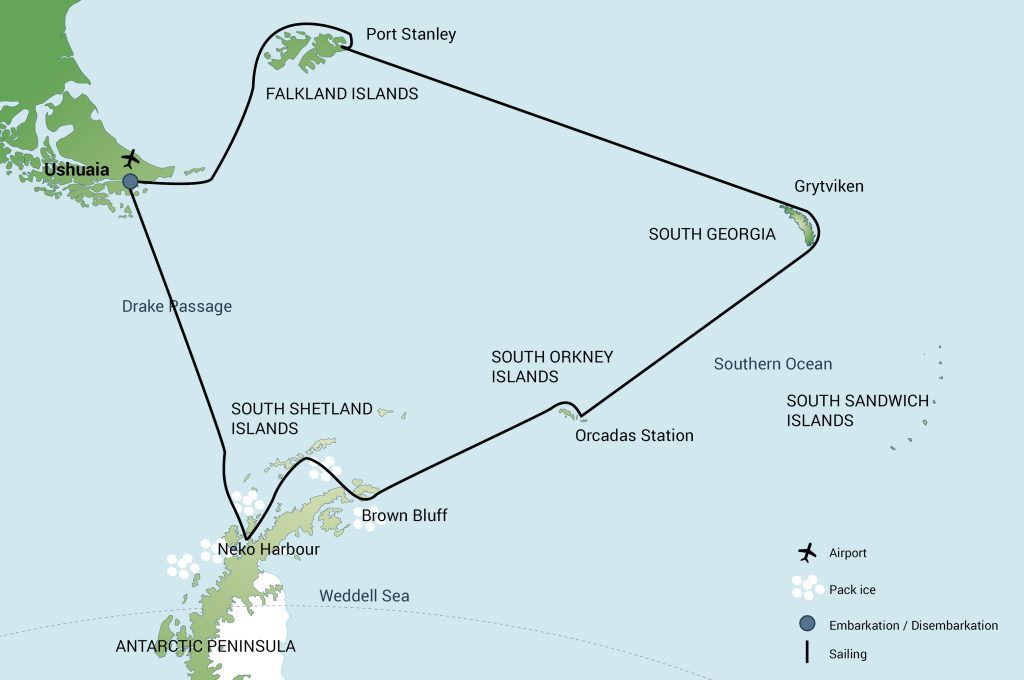
Trips and Rates
Please note, rates are Per Person in USD
Falkland Islands – South Georgia – Antarctica – 20 Days
Nov 27 - Dec 16, 2025 (20 days)Single Travelers:
- Can book into a share cabin in Quad – Twin Deluxe
- Can book a twin cabin at solo occupancy at 1.7x the per person share price
Single Travelers:
- Can book into a share cabin in Quad – Twin Deluxe
- Can book a twin cabin at solo occupancy at 1.7x the per person share price
Adventure Options:
- Kayaking (full program, multiple paddles): $560/person – requires experience
- Camping: $225/person for 2024-25 season & $250/person for 2025-26 season
- On Basecamp departures all activities are free
Availability & prices are subject to change at anytime. Please contact us for the real time availability & prices.
Cabin Descriptions

Superior
The Superior cabins are the most spacious and the only cabin category with a double bed. They are located on deck 4, 5 & 6, with most being on deck 5 & 6 (there is just 1 superior on deck 4). Features: 2 windows, 1 double bed, 1 sofa bed, Private shower & toilet, Desk & chair, Flatscreen TV, Telephone & WiFi (supplemented), Refrigerator, Coffee & tea maker, Hair dryer, Safe deposit box and Ample storage space.
226 – 248 square feet / 21 – 23 square meters.
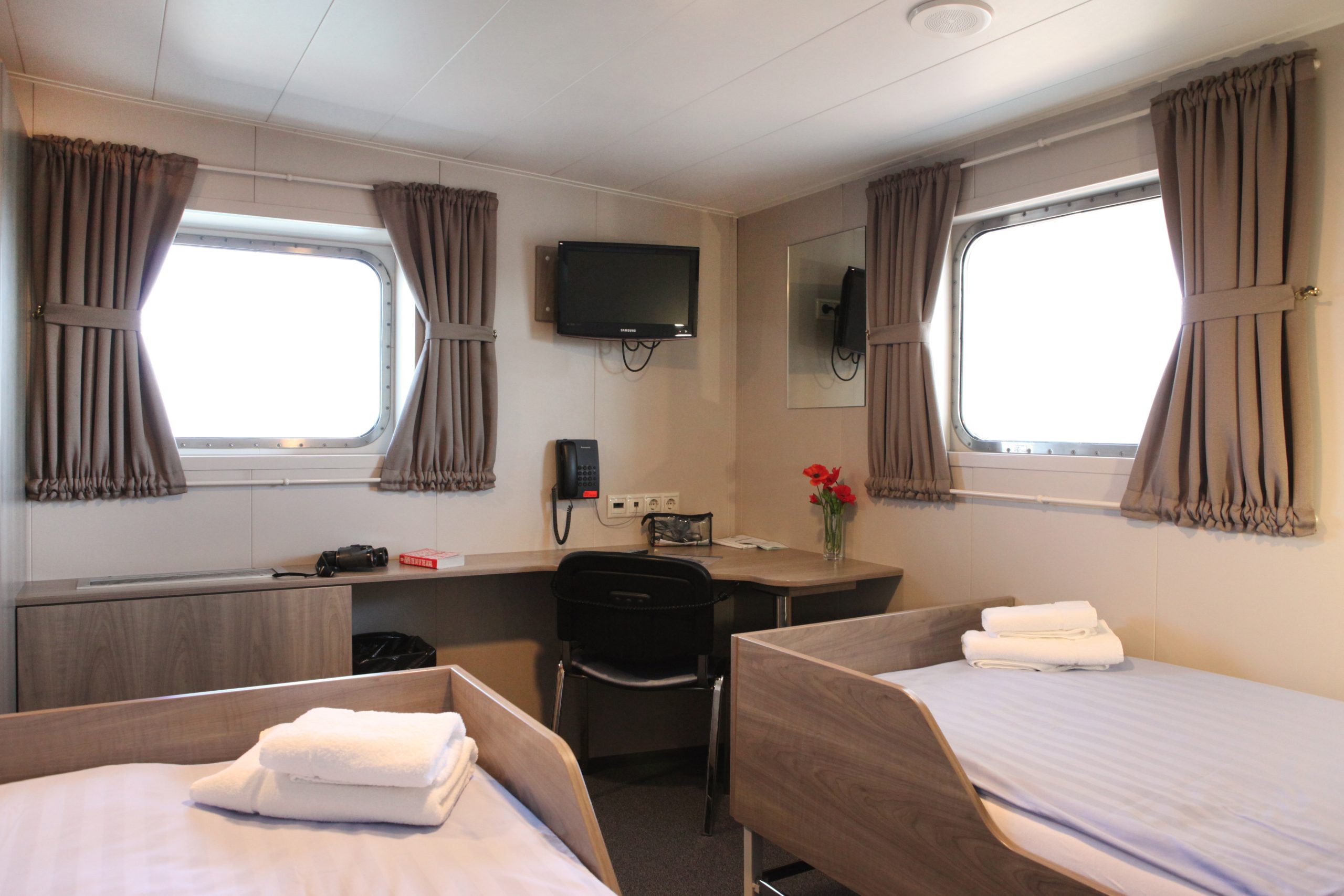
Twin Deluxe
There are just 2 Twin Deluxe cabins located towards the aft of deck 4. They are corner cabins and are slightly more spacious than the Twin Porthole/Window cabins. Features: 2 windows, 2 lower berths, Private shower & toilet, Desk & chair, Flatscreen TV, Telephone & WiFi (supplemented), Hair dryer, Ample storage space and Safe deposit box.
145 square feet / 13.5 square meters
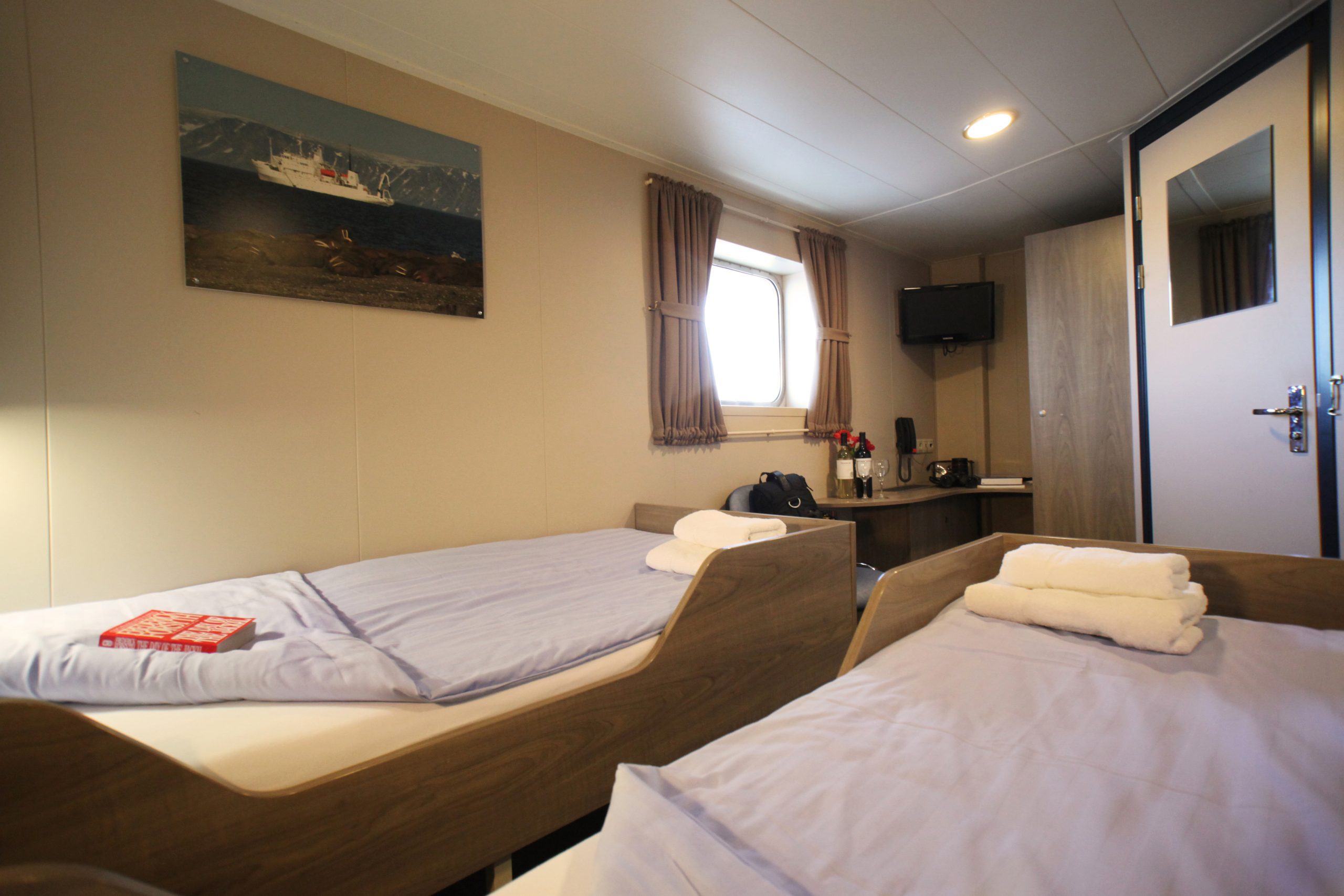
Twin Window
The most abundant cabin category on the ship, all located on deck 4. Features: 1 window, 2 lower berths, Private shower & toilet, Desk & chair, Flatscreen TV, Telephone & WiFi (supplemented), Hair dryer, Safe deposit box and Ample storage space.
135 – 145 square feet / 12.5 – 13.5 square meters
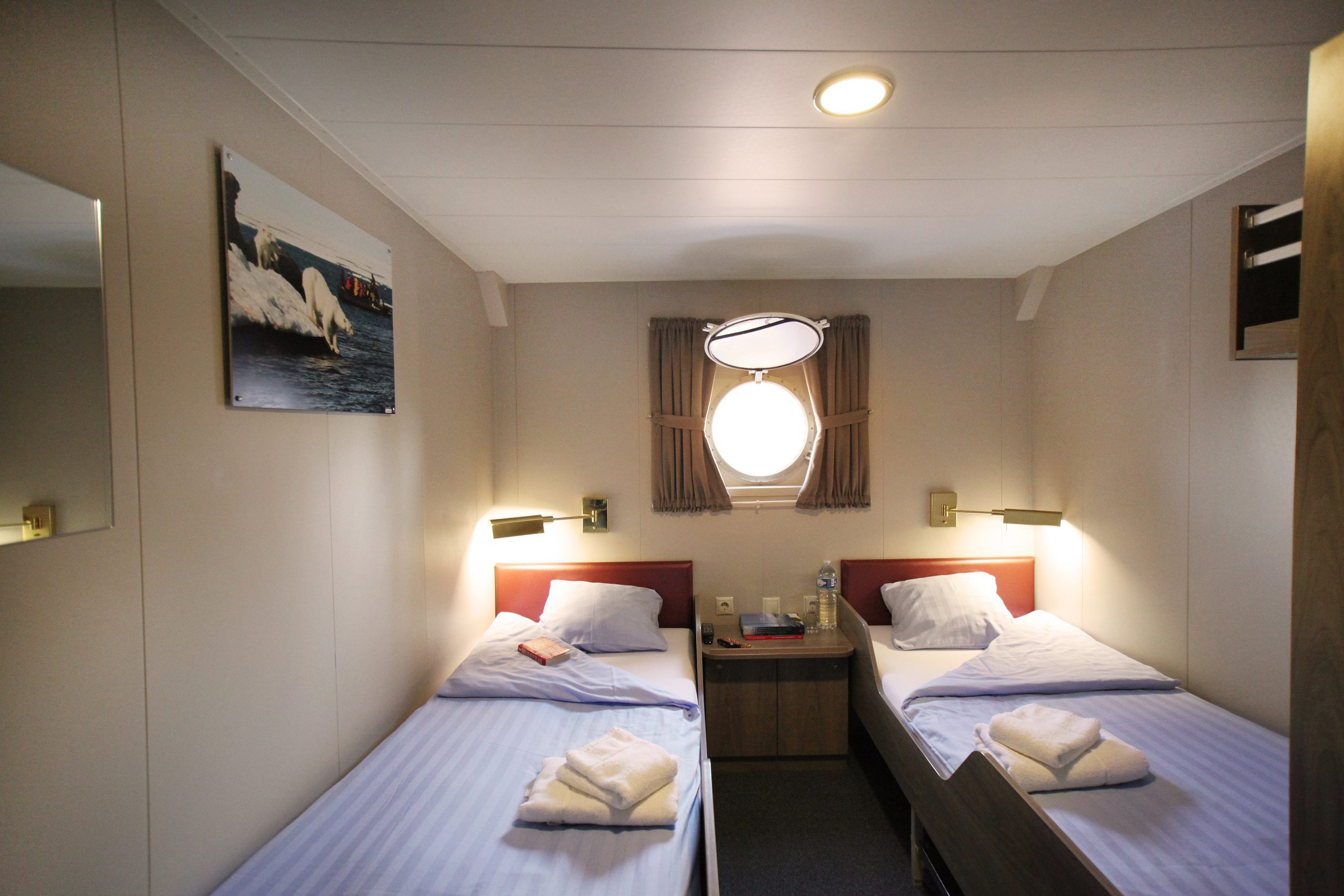
Twin Porthole
The nine Twin Porthole cabins are located on deck 3. Features: 1 porthole, 2 lower berths, Private shower & toilet, Desk & chair, Flatscreen TV, Telephone & WiFi (supplemented), Hair dryer, Safe deposit box and Ample storage space.
129 square feet / 12 square meters
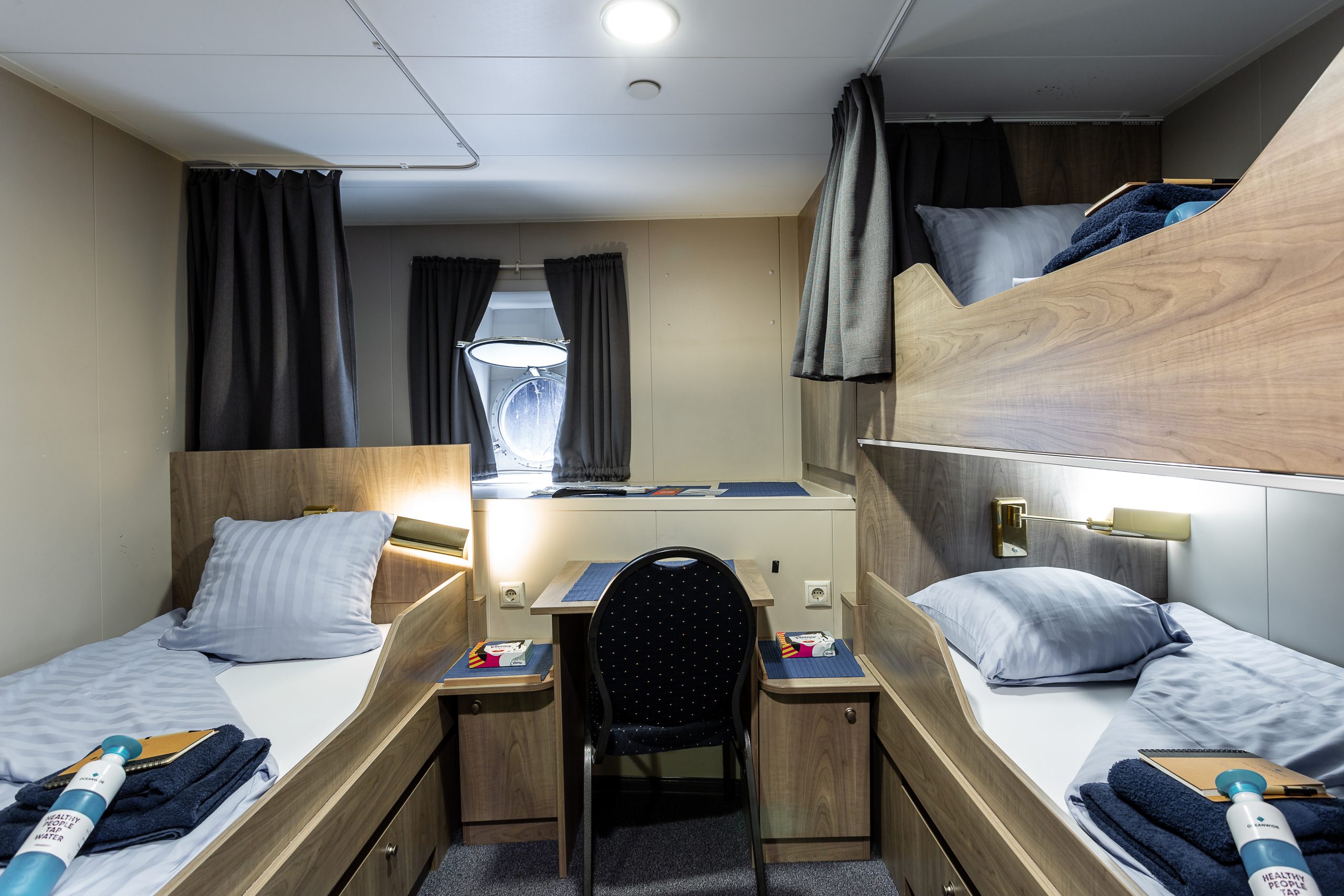
Triple Porthole
Just 1 Triple cabin located on deck 2. This cabin is suitable for families traveling with children, or passengers who do not require a twin or more luxurious cabin. Features: 1 porthole, 1 upper berth & 2 lower berths, Private shower & toilet, Desk & chair, Flatscreen TV, Telephone & WiFi (supplemented), Hair dryer, Safe deposit box and Ample storage space.
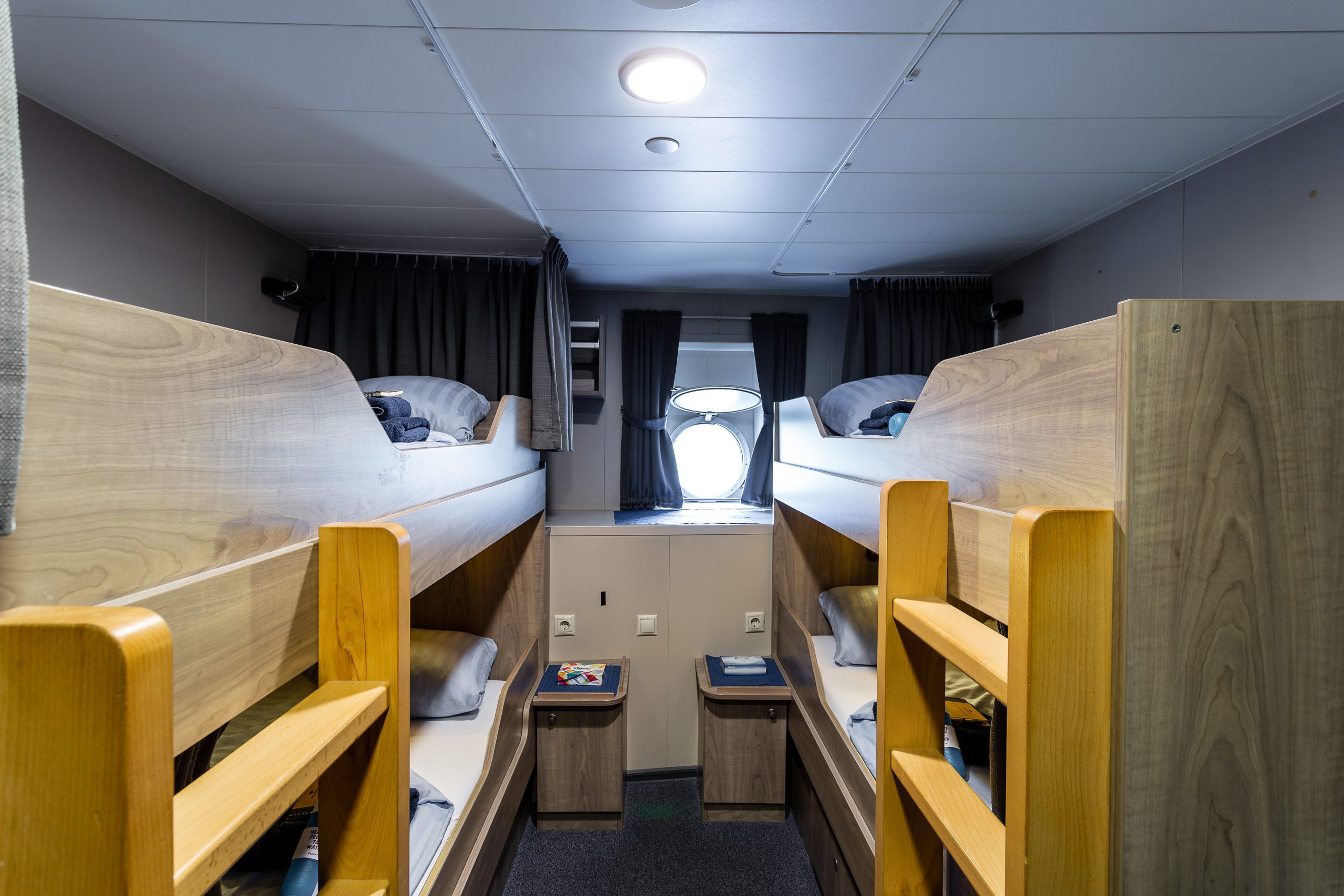
Quad Porthole
There are 4 Quad cabins on deck 2. This cabin is suitable for families traveling with children, or passengers who do not require a twin or more luxurious cabin. Features: 1 porthole, 2 upper berths & 2 lower berths, Private shower & toilet, Desk & chair, Flatscreen TV, Telephone & WiFi (supplemented), Hair dryer, Safe deposit box and Ample storage space.
129 square feet / 12 square meters
Deck Plan
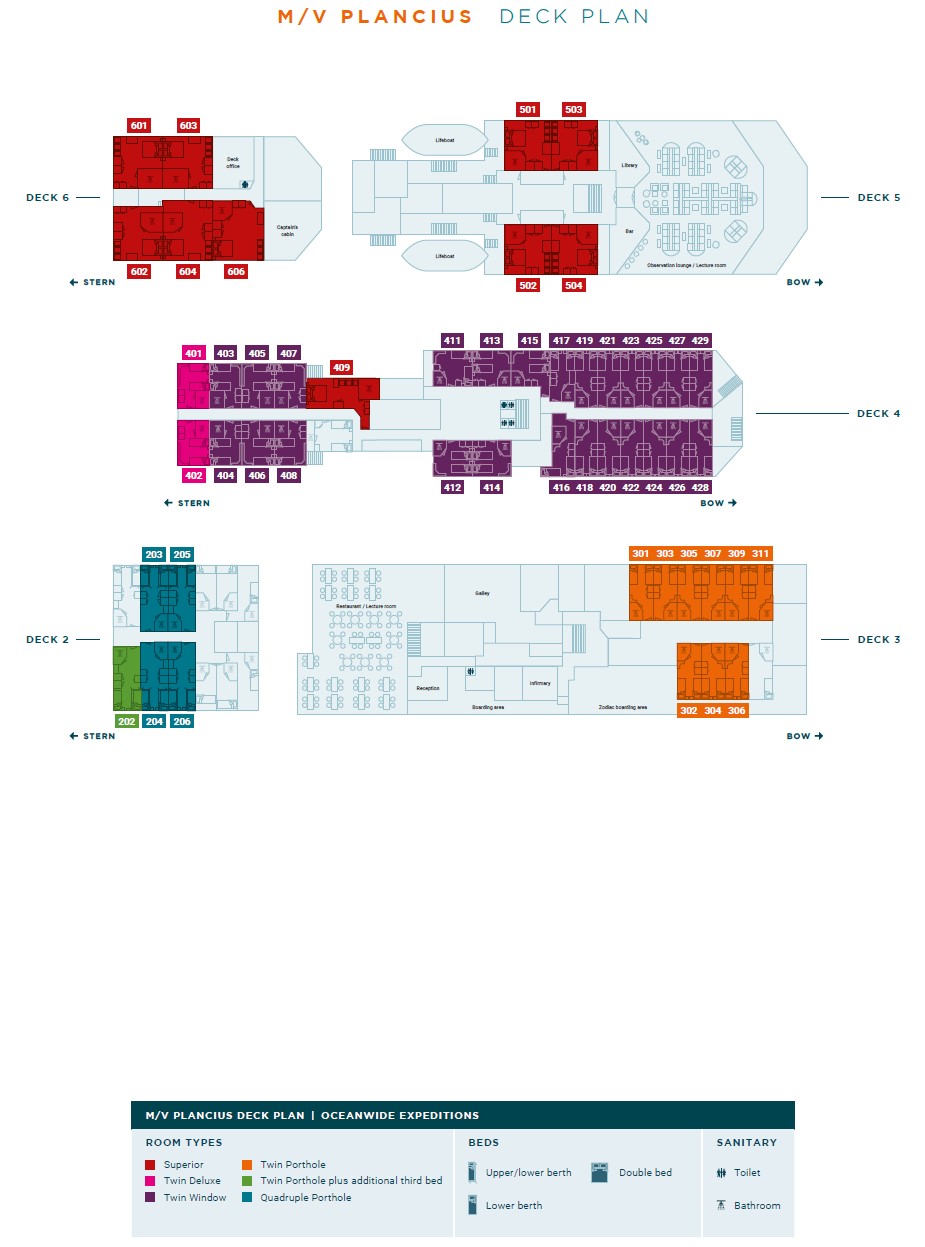
Inclusions & Exclusions
Inclusions:
- Voyage aboard the indicated vessel as indicated in the itinerary
- All meals throughout the voyage aboard the ship including snacks, coffee and tea.
- All shore excursions and activities throughout the voyage by Zodiac.
- Program of lectures by noted naturalists and leadership by experienced expedition staff.
- Free use of rubber boots and snowshoes.
- Luggage transfer from pick-up point to the vessel on the day of embarkation, in Ushuaia.
- Pre-scheduled group transfer from the vessel to the airport in Ushuaia (directly after disembarkation).
- All miscellaneous service taxes and port charges throughout the programme.
- Comprehensive pre-departure material.
Exclusions:
- Any airfare, whether on scheduled or charter flights
- Pre- and post- land arrangements.
- Passport and visa expenses.
- Government arrival and departure taxes.
- Meals ashore.
- Baggage, cancellation and personal insurance (which is strongly recommended).
- Excess baggage charges and all items of a personal nature such as laundry, bar, beverage charges and telecommunication charges.
- The customary gratuity at the end of the voyages for stewards and other service personnel aboard (guidelines will be provided).
